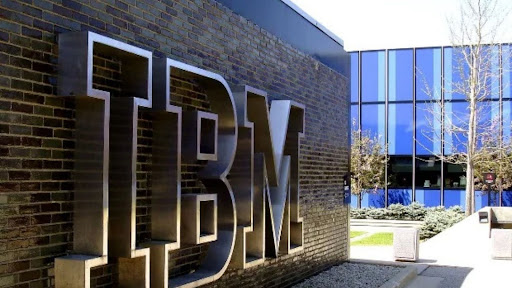
IBM has announced plans to build the world’s first large-scale, fault-tolerant quantum computer, with a target delivery by 2029. The system, named IBM Quantum Starling, will be developed at a newly established IBM Quantum Data Center in Poughkeepsie, New York.
According to IBM, Starling is projected to perform 20,000 times more operations than current quantum systems.
“IBM is charting the next frontier in quantum computing,” said Arvind Krishna, Chairman and CEO, IBM. “Our expertise across mathematics, physics, and engineering is paving the way for a large-scale, fault-tolerant quantum computer — one that will solve real-world challenges and unlock immense possibilities for business.”
Starling will be capable of executing 100 million quantum operations using 200 logical qubits. It will lay the foundation for a follow-up system, IBM Quantum Blue Jay, which will operate with 2,000 logical qubits and run 1 billion operations.
To store the computational state of Starling, IBM claims it would require memory exceeding that of a quindecillion (10⁴⁸) of today’s most powerful supercomputers.
Logical qubits, formed from multiple physical qubits, are designed to detect and correct errors during computation. This is a core requirement for scaling quantum systems to handle real-world applications such as drug development, materials science, chemistry, and optimisation.
“Creating increasing numbers of logical qubits capable of executing quantum circuits, with as few physical qubits as possible, is critical to quantum computing at scale,” said IBM.
Its newly released Quantum Roadmap outlines the milestones leading up to Starling. This year, the company plans to launch IBM Quantum Loon, which will test components necessary for the qLDPC code, including long-distance qubit couplers.
IBM is set to release Quantum Kookaburra in 2026, the first modular processor that combines quantum memory with logic operations. By 2027, IBM intends to introduce IBM Quantum Cockatoo, designed to connect Kookaburra modules into a larger network. This approach allows the system to scale without relying on impractically large chips.
IBM is addressing fault tolerance through a new architecture using quantum low-density parity check (qLDPC) codes. IBM says this method significantly reduces the number of physical qubits required, cutting overhead by around 90% compared to other leading codes.
The company also released two technical papers detailing the approach. One paper outlines how qLDPC codes can improve instruction processing and operational efficiency. The other describes how error correction and decoding can be handled in real-time using classical computing resources.
IBM said the success of this architecture depends on its ability to suppress enough errors, apply universal instructions, and scale modularly while remaining resource-efficient.
The company stated that code development often involves leveraging pre-existing, thoroughly tested components and integrating established error correction methodologies rather than creating everything from scratch.
IBM already operates a large fleet of quantum systems worldwide and sees Starling as the next step in transitioning from experimental devices to scalable infrastructure.
The post IBM Plans ‘World’s First’ Fault-Tolerant Quantum Computer by 2029 appeared first on Analytics India Magazine.


